I’ve been alerted to a lovely short video about the Museum of Modern Art’s* Modern Women book, which was published last spring as part of the museum’s effort to be more attentive to women artists. It’s posted on a website called Brain Pickings.
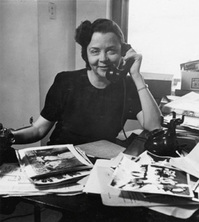 The video (here) features MoMA’s museum archivist Michelle Elligott explaining how MoMA came into being after the (in)famous 1921 Impressionist show at the Metropolitan Museum. Nice, though we probably know all that. What’s new is a little story Elligott tells about Sarah Newmeyer, MoMA’s first publicist, aka MoMA’s “red-headed press agent.” (She is pictured at left.)
The video (here) features MoMA’s museum archivist Michelle Elligott explaining how MoMA came into being after the (in)famous 1921 Impressionist show at the Metropolitan Museum. Nice, though we probably know all that. What’s new is a little story Elligott tells about Sarah Newmeyer, MoMA’s first publicist, aka MoMA’s “red-headed press agent.” (She is pictured at left.)
As Elligott relates, it was Newmeyer who, seeing that MoMA was getting no credit for arranging a nationwide tour of Whistler’s Mother, wrote in for a job, got it, and proceeded to publicize it so that “more than two million people visited their local museums to view the work and the United States Postal Service created a stamp featuring it”
That last quote is drawn from a partial history of Modern Women posted online.
That entry continues: “For the 1935 exhibition Vincent van Gogh, Newmeyer issued advance releases announcing Alfred H. Barr, Jr.’s trip to Europe to select works and giving highly sentimental descriptions of the artist’s life. During the show, police had to be brought to the Museum to control the crowds.” And there’s more, if you follow the link.
In 1947, Newmeyer even merited an article in the Saturday Evening Post.
How times have changed.
Photo Credit: MoMA Archives, Courtesy Museum of Modern Art
*I consult to a foundation that supports MoMA.

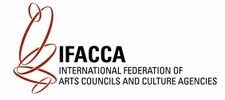 IFACCA has members in
IFACCA has members in 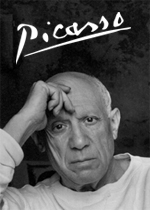 I read today about the Seattle Art Museum’s offer to draw people to its
I read today about the Seattle Art Museum’s offer to draw people to its  Likewise with SAM’s “blue” offer — although I do have mixed feelings the whether/what/when of stunts and their acceptabilty for museums. SAM’s is kind of connected to the art. It saves people money for a show where an adult, undiscounted ticket costs $23 (versus $15 normally). It creates excitement, and may help even out the flow of people coming to the museum.
Likewise with SAM’s “blue” offer — although I do have mixed feelings the whether/what/when of stunts and their acceptabilty for museums. SAM’s is kind of connected to the art. It saves people money for a show where an adult, undiscounted ticket costs $23 (versus $15 normally). It creates excitement, and may help even out the flow of people coming to the museum. 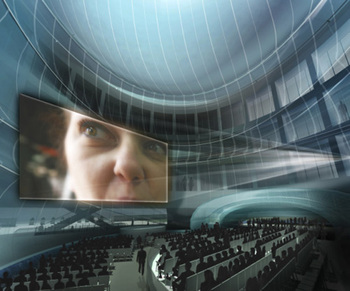 The article outlined Koshalek’s plans to erect a seasonal bubble at the
The article outlined Koshalek’s plans to erect a seasonal bubble at the 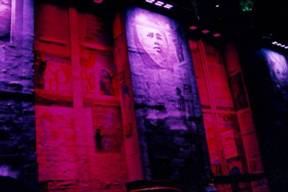 She — “impressed by their raw artistic talent and their self-taught knowledge of art history” — decided to give them the opportunity to use their talents on mural-making. The Anti-Graffiti Network evolved into the
She — “impressed by their raw artistic talent and their self-taught knowledge of art history” — decided to give them the opportunity to use their talents on mural-making. The Anti-Graffiti Network evolved into the 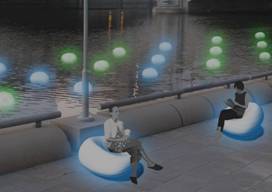 Since its start, the website says, the Mural Arts Program “has produced over 3,000 murals which have become a cherished part of the civic landscape and a great source of inspiration to the millions of residents and visitors who encounter them each year.” Philadelphia now calls itself “The City of Murals” and “The World’s Largest Outdoor Art Gallery” and “The Mural Capital of the World.”
Since its start, the website says, the Mural Arts Program “has produced over 3,000 murals which have become a cherished part of the civic landscape and a great source of inspiration to the millions of residents and visitors who encounter them each year.” Philadelphia now calls itself “The City of Murals” and “The World’s Largest Outdoor Art Gallery” and “The Mural Capital of the World.”